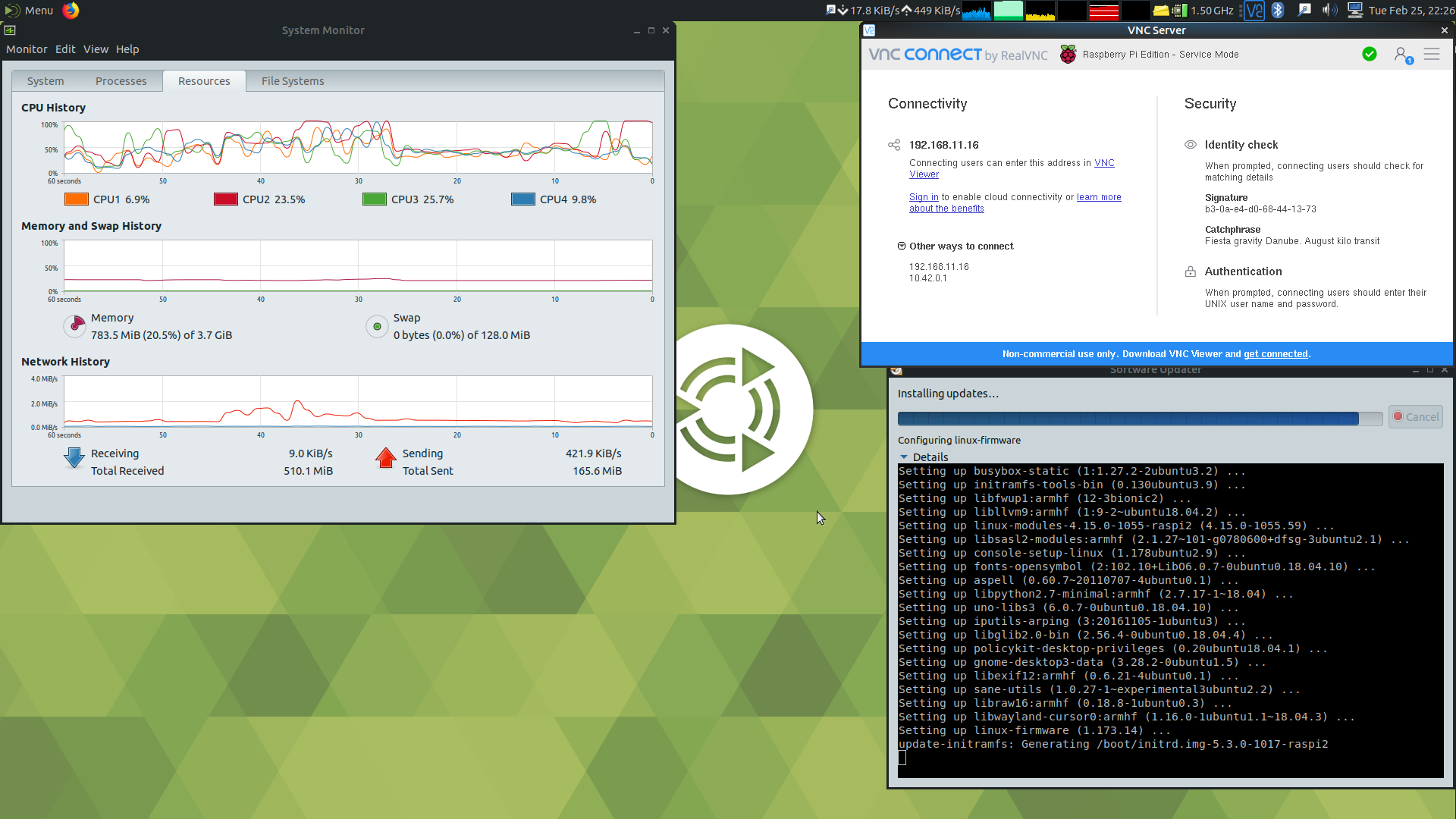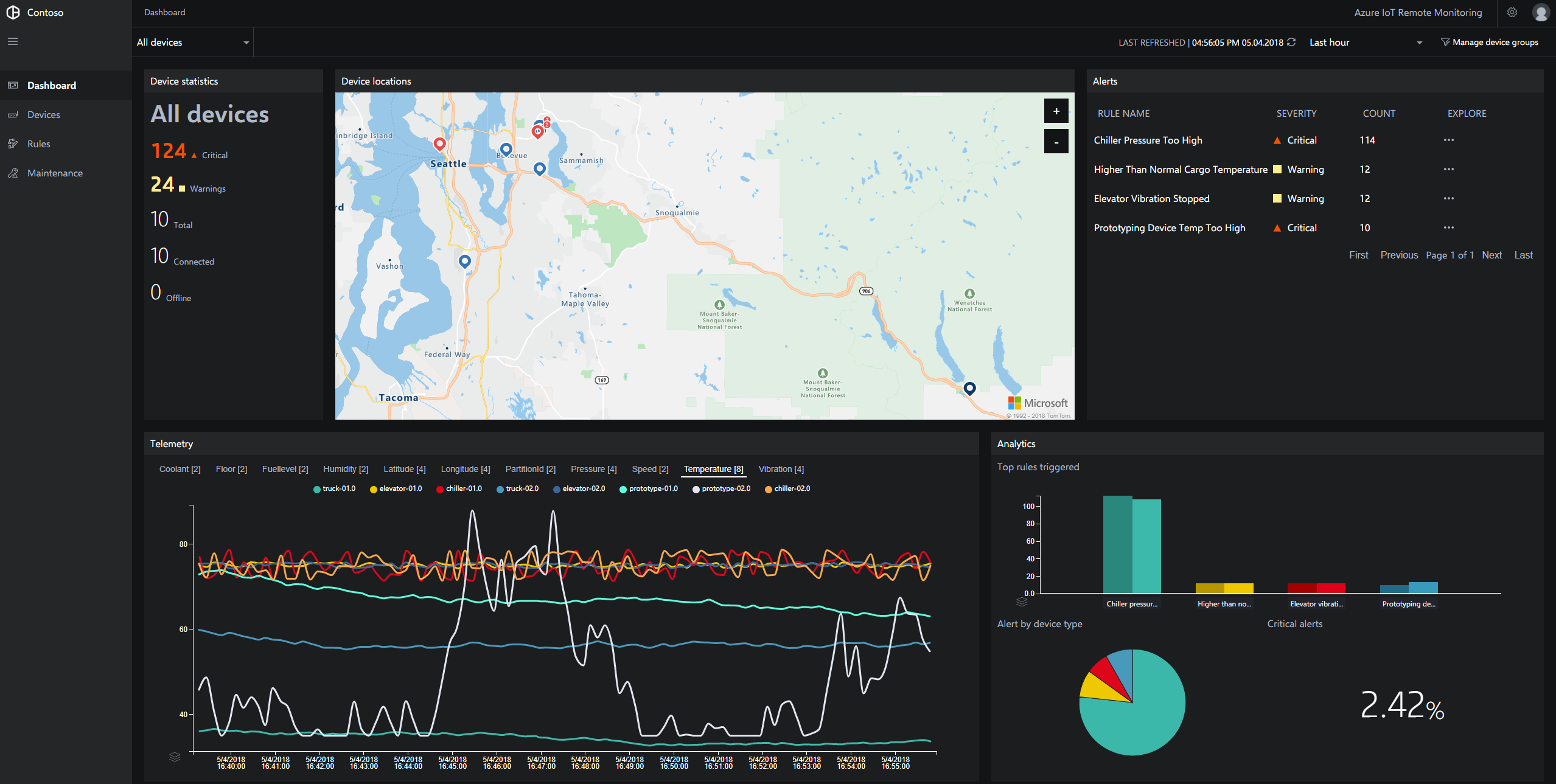Remote IoT Monitoring SSH Download: The Ultimate Guide For Modern Tech Enthusiasts
Ever wondered how you can remotely monitor your IoT devices using SSH and even download data seamlessly? Well, buckle up because we’re diving deep into the world of remote IoT monitoring SSH download. This isn’t just about tech—it’s about control, efficiency, and staying ahead of the curve.
In today’s fast-paced digital age, the Internet of Things (IoT) has become a game-changer for businesses and individuals alike. But what happens when you need to keep an eye on your IoT devices from afar? That’s where remote IoT monitoring via SSH comes into play. Imagine having the power to manage, secure, and download critical data without being physically present—sounds like a dream, right?
This guide will walk you through everything you need to know about remote IoT monitoring SSH download. From setting up secure connections to troubleshooting common issues, we’ve got you covered. So, whether you’re a tech enthusiast or a professional looking to enhance your IoT skills, this article is your one-stop shop.
- Mzansi Telegram Channels Your Ultimate Guide To Connecting With South Africas Digital Community
- Jin Kijoo Husband The Man Behind The Star
Here’s a quick glance at what we’ll cover:
- Understanding IoT and its significance
- What is SSH and why it matters in remote monitoring
- How to set up remote IoT monitoring
- Tips for secure data download
- Common challenges and how to overcome them
Introduction to IoT: Why It’s the Future
Let’s kick things off by breaking down what IoT really is. IoT, or the Internet of Things, refers to the network of physical devices, vehicles, home appliances, and other items embedded with sensors, software, and connectivity. These devices collect and exchange data, making our lives easier and more efficient. Think smart homes, wearable tech, and even industrial machinery—all connected and communicating with each other.
But here’s the kicker: IoT isn’t just about convenience. It’s about transforming industries, optimizing processes, and creating smarter solutions. However, as the number of connected devices grows, so does the need for effective monitoring and management. That’s where remote IoT monitoring comes in, and SSH plays a crucial role in ensuring secure communication.
- Lamar Chairez Onlyfans Leaked The Untold Story You Need To Hear
- Darla Eliza Leaks The Untold Story Behind The Hype And Controversy
SSH, or Secure Shell, is a cryptographic network protocol that allows users to securely access and manage remote devices. It’s like having a secret tunnel that keeps your data safe from prying eyes. When combined with IoT, SSH becomes a powerful tool for remote monitoring and data download.
What is Remote IoT Monitoring via SSH?
Remote IoT monitoring via SSH is essentially the process of accessing and managing IoT devices from a distance using a secure connection. Whether you’re monitoring sensors, controlling actuators, or downloading data, SSH ensures that everything happens in a secure and reliable manner.
Why Choose SSH for IoT Monitoring?
SSH offers several advantages when it comes to remote IoT monitoring:
- Security: SSH encrypts all communication, protecting your data from unauthorized access.
- Reliability: It provides a stable connection, even over long distances.
- Flexibility: You can perform various tasks, from configuration to data download, all within the same secure session.
Imagine being able to check the temperature of a remote sensor or download logs from a distant device—all without leaving your desk. That’s the power of remote IoT monitoring via SSH.
Setting Up Remote IoT Monitoring SSH
Now that you understand the basics, let’s dive into the nitty-gritty of setting up remote IoT monitoring using SSH. Don’t worry; we’ll break it down step by step so it’s easy to follow.
Step 1: Install SSH on Your IoT Device
The first step is to ensure that your IoT device has SSH installed. Most modern devices come with SSH pre-installed, but if not, you can easily install it using package managers like apt or yum.
For example, on a Linux-based device, you can install SSH by running:
sudo apt-get install openssh-server
Step 2: Configure SSH for Remote Access
Once SSH is installed, you need to configure it to allow remote access. This involves editing the SSH configuration file (usually located at /etc/ssh/sshd_config) and restarting the SSH service.
Some key settings to consider include:
- PermitRootLogin: Set this to no for added security.
- Port: You can change the default port (22) to something less common to deter attackers.
- PasswordAuthentication: Disable this and use SSH keys for authentication.
Step 3: Connect to Your IoT Device
With SSH configured, you can now connect to your IoT device from your computer. Simply open a terminal and type:
ssh username@ip_address
Replace "username" with your device’s username and "ip_address" with the device’s IP address. If everything is set up correctly, you should be able to log in and start managing your device.
Downloading Data via SSH
One of the most useful features of SSH is the ability to download data from remote devices. Whether you’re retrieving sensor logs, configuration files, or other important data, SSH makes it easy and secure.
Using SCP for Secure Data Transfer
SCP, or Secure Copy Protocol, is a command-line utility that allows you to transfer files between local and remote systems using SSH. To download a file from your IoT device, use the following command:
scp username@ip_address:/path/to/file /local/path
This will copy the specified file from your IoT device to your local machine. Simple, right?
Automating Data Downloads
If you need to download data regularly, you can automate the process using scripts. For example, you could create a bash script that runs SCP at scheduled intervals, ensuring you always have the latest data without lifting a finger.
Securing Your Remote IoT Monitoring SSH Setup
Security should always be a top priority when dealing with remote IoT monitoring. After all, your devices contain valuable data that could be targeted by hackers. Here are some tips to keep your setup secure:
- Use strong, unique passwords or SSH keys for authentication.
- Regularly update your devices and SSH software to patch vulnerabilities.
- Monitor login attempts and block suspicious activity.
- Use firewalls to restrict access to your devices.
By following these best practices, you can minimize the risk of unauthorized access and ensure the integrity of your IoT devices.
Common Challenges in Remote IoT Monitoring SSH
While remote IoT monitoring via SSH is a powerful tool, it’s not without its challenges. Here are some common issues you might encounter and how to overcome them:
1. Connectivity Problems
If you’re unable to connect to your IoT device, check the following:
- Ensure the device is powered on and connected to the network.
- Verify the IP address and port number.
- Check for firewall or router settings that might be blocking the connection.
2. Slow Data Transfer
Slow data transfer can be frustrating, especially when dealing with large files. To speed things up, try:
- Using a faster network connection.
- Compressing files before transfer.
- Optimizing your SSH configuration for better performance.
3. Security Breaches
In the unlikely event of a security breach, act fast:
- Disconnect the affected device from the network.
- Change all passwords and SSH keys.
- Perform a thorough security audit to identify vulnerabilities.
Benefits of Remote IoT Monitoring SSH
Now that we’ve covered the technical aspects, let’s talk about the benefits of remote IoT monitoring via SSH:
- Cost Savings: Eliminate the need for on-site visits, reducing travel and labor costs.
- Increased Efficiency: Quickly diagnose and resolve issues without delays.
- Improved Security: Keep your devices and data safe with encrypted connections.
- Scalability: Easily manage multiple devices from a single location.
These benefits make remote IoT monitoring via SSH an indispensable tool for anyone working with IoT devices.
Real-World Applications of Remote IoT Monitoring SSH
Let’s take a look at some real-world examples of how remote IoT monitoring via SSH is being used:
1. Smart Agriculture
Farmers are using IoT sensors to monitor soil moisture, temperature, and other environmental factors. By accessing this data remotely via SSH, they can make informed decisions about irrigation and crop management.
2. Industrial Automation
Manufacturing plants rely on IoT devices to monitor equipment performance and detect potential issues before they become serious problems. Remote monitoring via SSH allows engineers to troubleshoot and maintain equipment from anywhere in the world.
3. Smart Cities
Cities are leveraging IoT to improve traffic management, energy efficiency, and public safety. Remote monitoring via SSH enables city officials to gather and analyze data in real-time, leading to smarter decision-making.
Conclusion: Take Control of Your IoT Devices
Remote IoT monitoring via SSH is more than just a buzzword—it’s a game-changer for anyone working with IoT devices. By following the steps outlined in this guide, you can set up a secure and efficient remote monitoring system that meets your needs.
So, what are you waiting for? Start exploring the possibilities of remote IoT monitoring SSH download today. And don’t forget to share your thoughts and experiences in the comments below. Who knows? You might just inspire someone else to take their IoT game to the next level.
Stay tuned for more articles on IoT, tech trends, and everything in between. Until next time, keep innovating!
- Is John Travolta Gay Unpacking The Rumors And Facts
- Unveiling The Truth Mckinley Richardson Nude Leaks Ndash Facts Myths And Reality

Revolutionize Your IoT Setup Remote IoT Monitoring SSH Download On

Mastering Remote IoT Monitoring SSH Download A Comprehensive Guide

Remote IoT Monitoring SSH Download A Comprehensive Guide